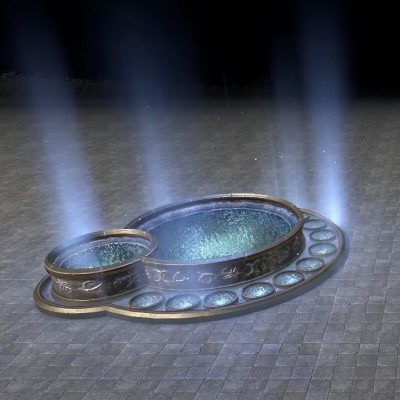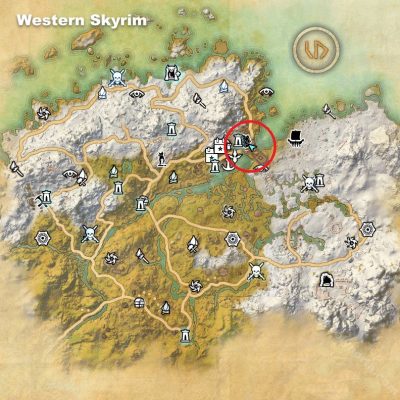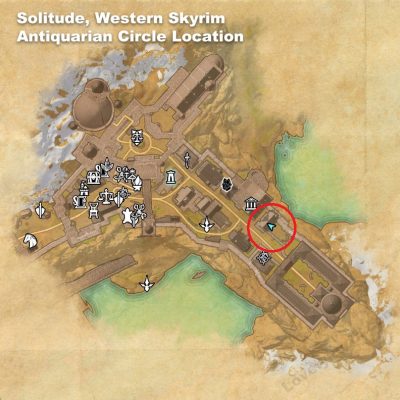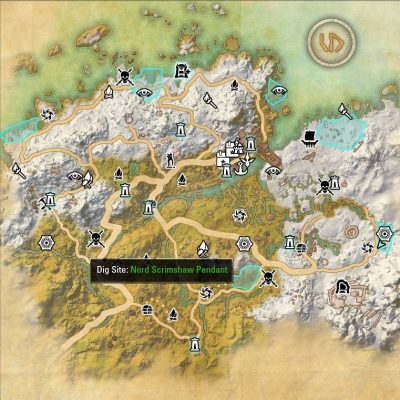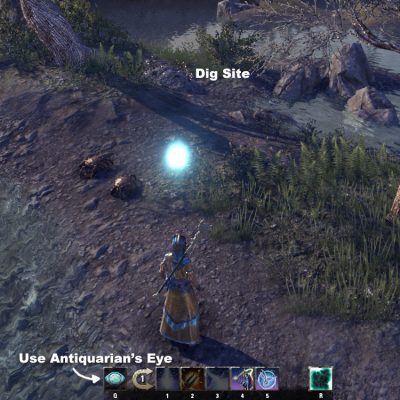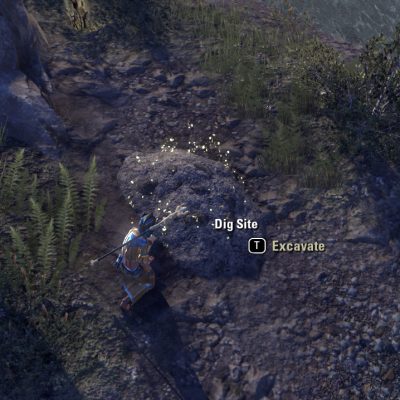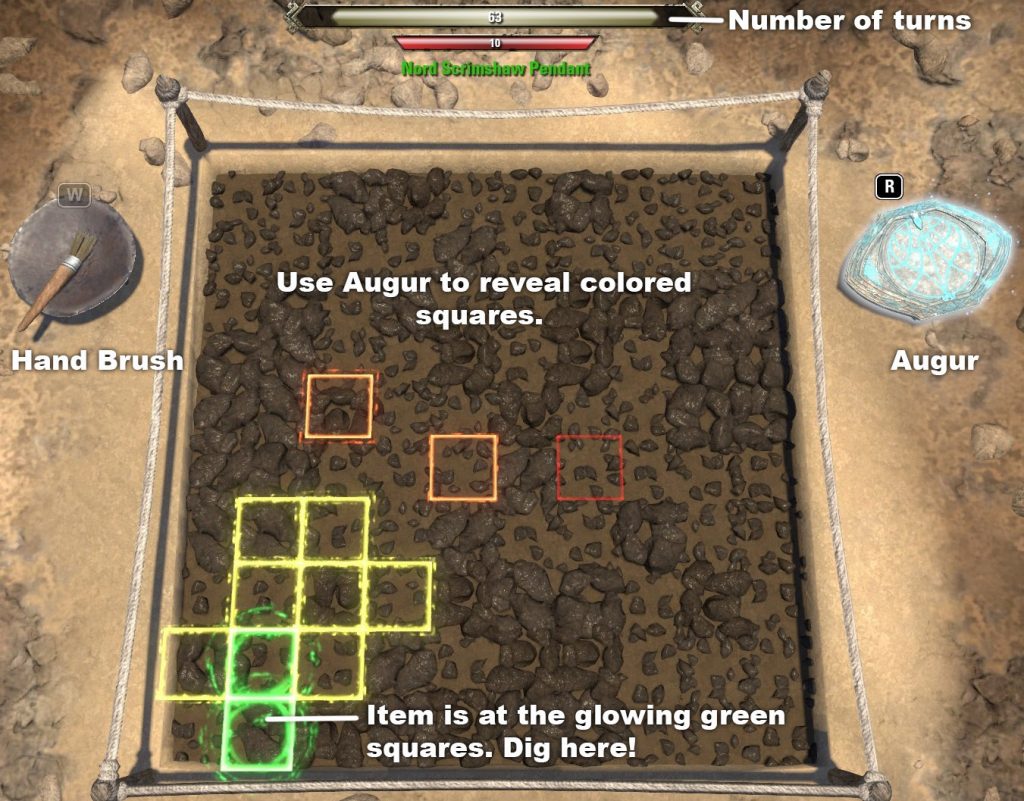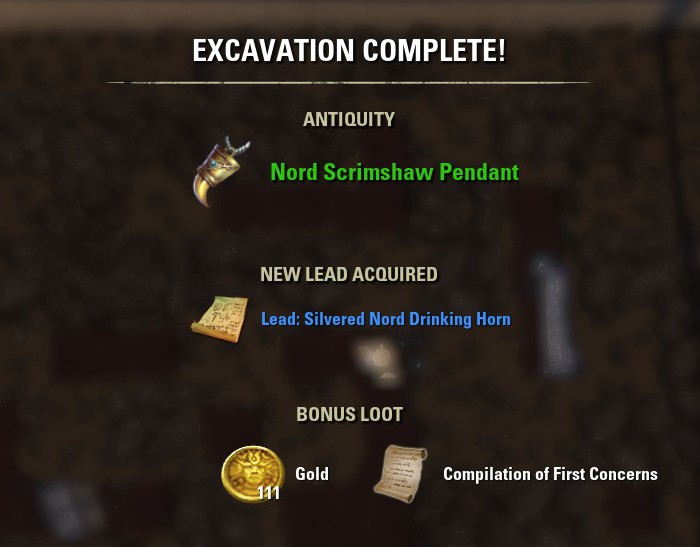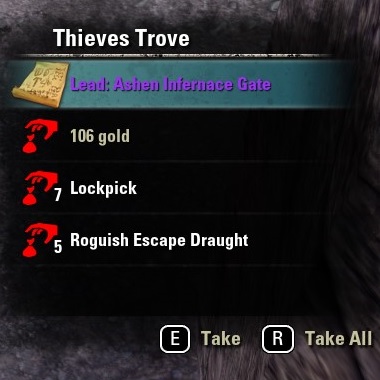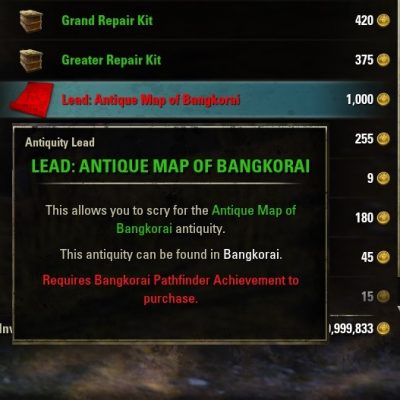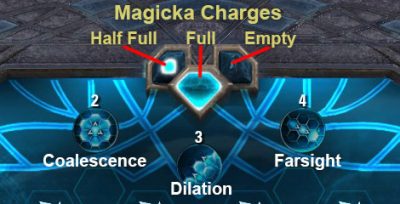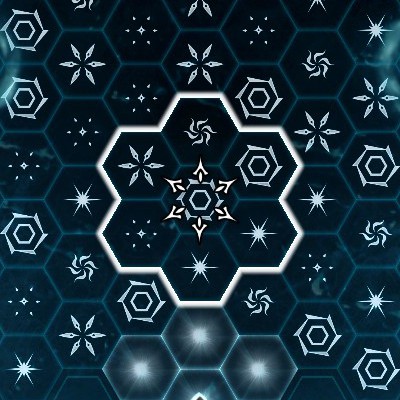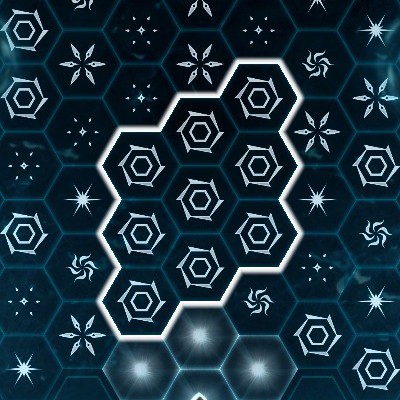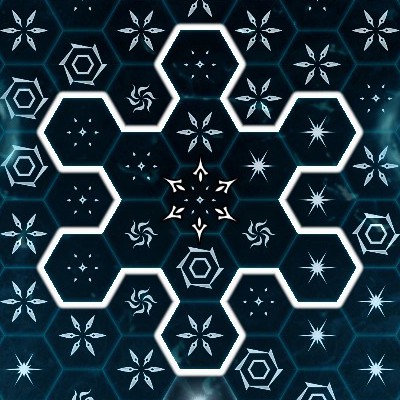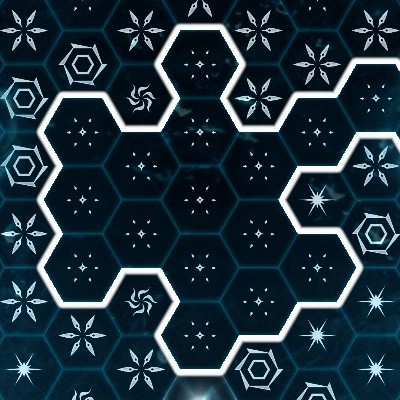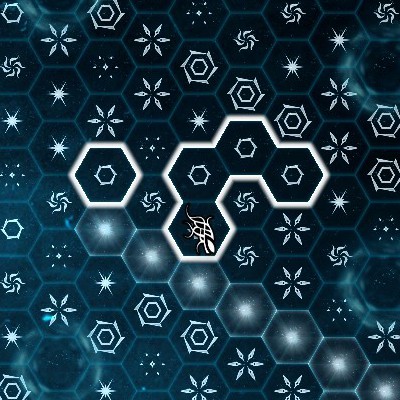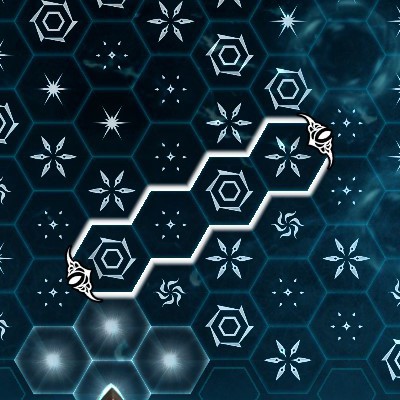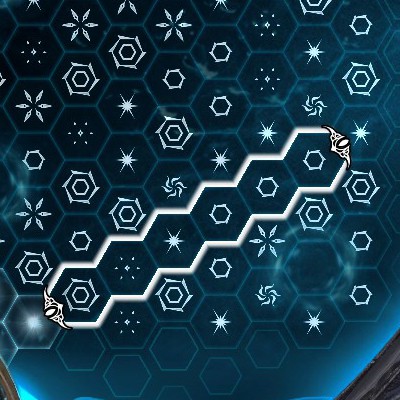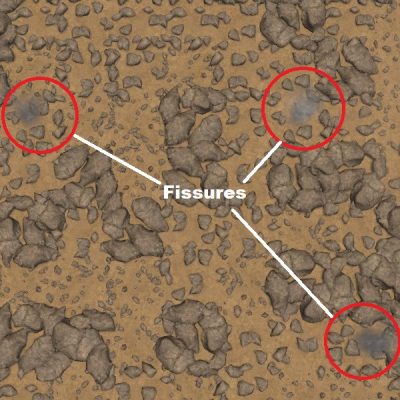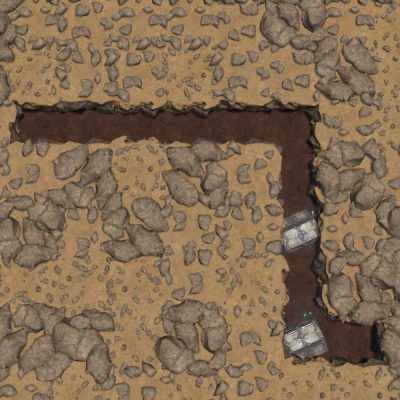Antiquities Guide
Hello Lovelies! I’m so excited about the new Greymoor Chapter and what is has to offer! This guide delves into Antiquities. If you are looking for Antiquity leads click here!
Antiquities is a new system added in the Greymoor chapter that allows you to find cool new items. Through the use of two new Skill Lines and the new Antiquarian’s Eye Tool, you’ll be able to uncover new furnishings, mythic items, new motifs, a mount, and more!
Here are some examples of the rewards you can get through antiquities:
How to Get Started?
To begin, visit the Antiquarian Circle, located in the city of Solitude, in Western Skyrim. Enter the building and speak to Verita Numida who is on the upper level and offers a quest. Speak to her and accept the quest called “The Antiquarian Circle”. Once you return to her and complete that short quest you are given 2 skill lines: Scrying and Excavation and the “Antiquarian’s Eye” which is a tool necessary to begin.
You now have everything you need to get started uncovering lost relics all across Tamriel. As an optional step, you can accept the next quest from Verita called “The Antiquarian’s Art” which tells you to speak to Gabrielle Benele who is located downstairs within the same building.
How does Antiquities Work?
Once you’ve got the requisite skill lines you can begin finding antiquities. The first step is to open the Antiquities tab of the Quest Journal (default key ‘J’). You will see a list of “leads” available in the zone you are currently in. Once you select one of these you will be presented with a minigame called “scrying”.
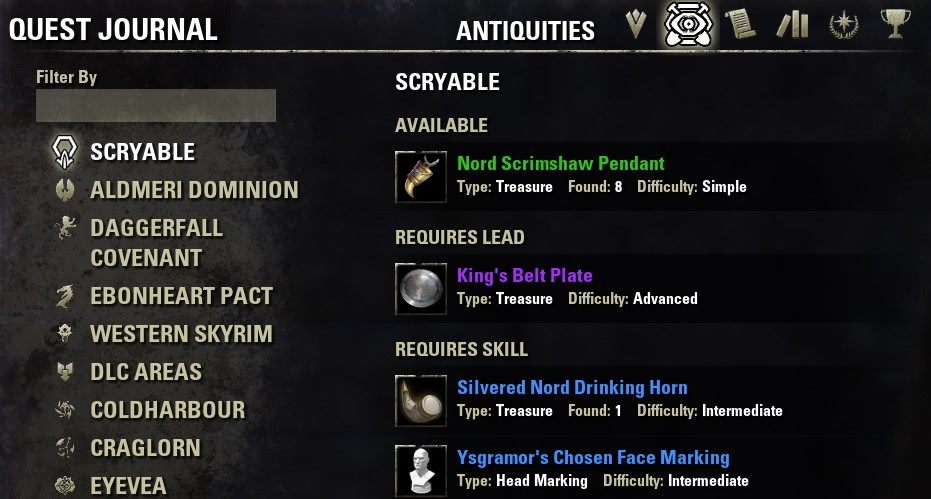
Scrying presents you with a screen where you have to connect a bunch of hexagons. Once you’ve completed that, you will see one or more areas marked on your zone map that you have to search in order to find a dig site. Once you’ve traveled to and found the dig site, you are presented with another minigame called “excavation”. In the excavation minigame you find and uncover items buried in the dig site and then get the fancy rewards and you are done!
SCrying: The Basics
Once you’ve chosen an antiquity to seek, you have to scry for its location. You are presented with a grid of hexagons with different symbols in them, called facets, and 6 glowing ‘foci’. Starting from the bottom middle hexagon, you must click facets adjacent to ones you already control to claim them. Claim additional facets until you reach as many glowing foci as you can before the amount of turns you have runs out. When you are claiming facets, every facet that is adjacent to the one you are claiming with the same symbol will also get claimed. So it is to your advantage to find clusters of facets with the same symbol to claim.
Depending on the level of the lead you are scrying, the puzzle will be of higher difficulty and as you progress in the scrying skill line you will also get more tools/abilities to use while scrying. For more information on that see the advanced scrying section further down on this page
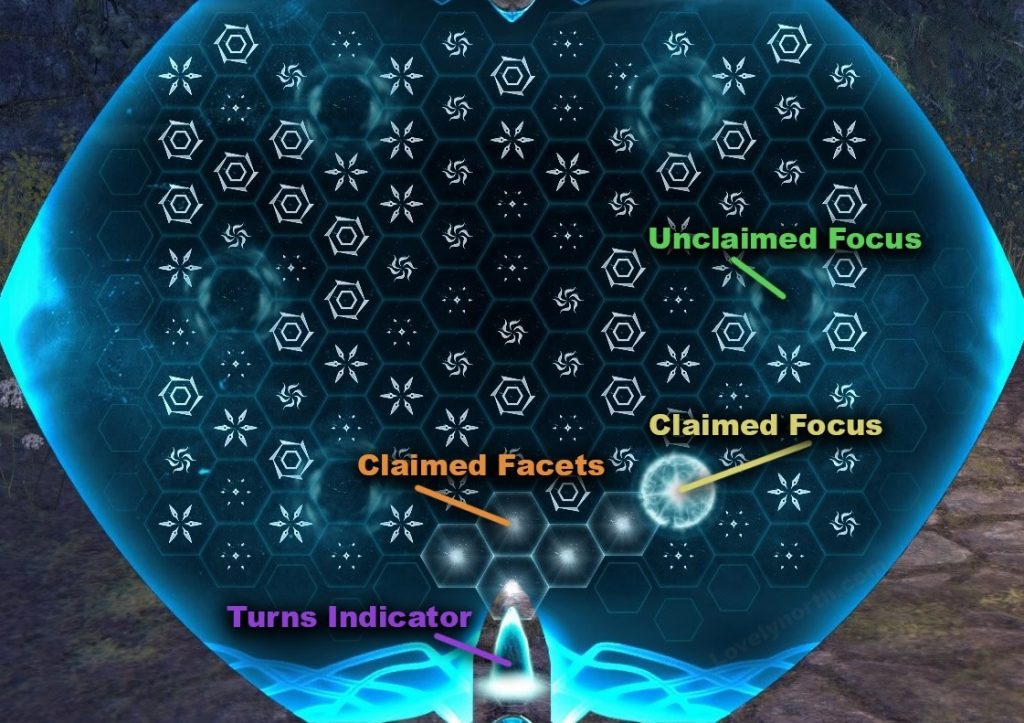
Once you have completed the scrying, you will be shown one or more dig sites on the zone map. Each foci you claimed while scrying removes one false dig site from your map and if you claim all six you will only have to visit one dig site to start excavating. You can scry the same lead again if you want to try and get a better result with less dig sites to search.
The next step is to travel to the dig site location on your map and then use the Antiquarian’s Eye tool to find the exact location of the dig site. The Antiquarian’s eye tool can be found in the “Tools” section of the quickslot menu and placed in your quickslot in order to be used. When you are standing in a dig site area and you use the eye tool, a glowing white ball will appear in the air indicating the direction you should travel to find the dig site. You’ll know you’ve found the dig site when you see a grey mound with yellow sparkles that gives you the option to excavate it.
Once you’ve found the dig site mound and activate it, the excavation minigame will start.
Excavation: The Basics
Once you’ve found dig site, excavation starts.
Excavation is a grid of rocks and dirt of varying depths. You have to dig down through them using various tools to find the item you scryed for as well as possible bonus items.
When you first start excavating, you will be presented with 2 tools to work with: The Augur and the Hand Brush.
Use the Augur to find the right location to dig. It will place a colored square at the location you click and depending on the color you can tell how near the antiquity is to that location. A red square means the item is far away, orange a little closer, yellow is close and green means you’ve found a piece of the item. It is kind of like playing a cross between hot and cold and battleship.
Once you’ve found a green square using the augur, use the hand brush tool to dig down removing the layers until you uncover a piece of the antiquity. Uncover all the pieces of the antiquity to successfully excavate it. After you’ve uncovered the antiquity you can keep digging to find bonus items, which are usually extra gold.
At the top of the screen you can see a grey bar that shows you the number of turns you have left. When this runs out your excavation ends.
As you advance in the Excavation skill line, more tools will become available to use while excavating and as the dig site difficulty level increases there are some differences that make things more challenging. More information on these differences will be explained in further sections.
Leads
In order to scry for an item, you’ll need a lead on it. Leads are found from a number of different sources such as: from excavating dig sites, from treasure chests, thieves troves, looted from an object on the ground, monster drops, vendors, and more.
For a catalogue of all the leads available and where to find them look here.
There are different levels of leads, from easiest and common to difficult and rare: green, blue. purple, yellow, orange. You start off with at least one green lead in each zone which you can keep scrying as much as you want.
Blue and higher leads allow you to scry them only once per lead. Once you’ve scryed and excavated an antiquity with a blue or higher lead, you’ll have to get another lead in order to scry it again.
For example: In your current zone, pick a green lead and scry it. Once you excavate that antiquity you’ll get a blue lead. Now, scry and excavate the blue lead. Notice in your antiquities panel it now says ‘lead required’ for the blue lead and will not let you scry it again. Go back and scry and excavate the green lead and you’ll again get the blue lead as a reward. Now you can scry and excavate the blue one one more time. This process can be repeated.
Leads and any scrying progress are shared between characters, so you can find a lead on one character and continue to scry and excavate it on a different character.
Some rewards from the Antiquity system are bound, but some are not. Notably, furnishing items and mythic items are bound, however motif pages are not and can be farmed and sold repeatedly.
Skill line: Scrying
One of the two skill lines used for antiquities is Scrying. There are ten levels that you need to level through in order to unlock all the skills. You level the skill line by successfully excavating antiquities and also by completing achievements listed in the scrying and excavation sections of the achievements panel. In order to unlock everything in Scrying you will need 15 skill points
| Passive Skill name | Description |
| Scry | Adds the selected contiguous group of facets to your area of control. You start off with this skill once you unlock the skill line (requires no skill points) |
| Antiquarian Insight (5 ranks) | Allows you to Scry for Antiquities of up to (Simple / Intermediate / Advanced / Master / Ultimate) difficulty. You get rank 1 in this skill for free. |
| Scrier’s Patience (2 ranks) | Grants you an additional (1 turn / 2 turns) of Scrying |
| Coalescence (2 ranks) | Unites a hexagonal cluster of facets in the Antiquarian’s Eye, converting the symbols to match that of the central facet. Consumes 1 Magicka Charge. Upgraded Effect: The ability’s range increases by one facet, creating a snowflake-like pattern. |
| Future Focus (2 ranks) | Grants you (1 / 2) additional Magicka Charge(s) for use in Augury |
| Dilation (2 ranks) | Claim all facets of the selected type that touch your area of control, as well as matching facets directly adjacent. Consumes 1 Magicka Charge. Upgraded Effect: Now claims ALL contiguous facets of the same type. |
| Farsight (2 ranks) | Claim a line of (4 / 6) facets, stretching out from your area of control. Consumes 1 Magicka Charge. |
| Preemptive Power | Start each Scrying attempt with an additional row of facets already claimed. |
Skill line: ExCAVATION
One of the two skill lines used for antiquities is Excavation. There are ten levels that you need to level through in order to unlock all the skills. You level the skill line by successfully excavating antiquities and also by completing achievements listed in the scrying and excavation sections of the achievements. In order to unlock everything in Excavation you will need 12 skill points
| Name | Description |
| Hand Brush (2 ranks) | Removes a single layer of soil or rock while excavating. Also generates Intuition, allowing for more advanced digging techniques. Upgraded Effect: Intuition meter doubles in size. You get 1 rank in this skill for free. |
| Augur (2 ranks) | Indicates how near the antiquity is to the selected location. Upgraded effect: The effective depth is enhanced. You get the first rank for free. |
| Trowel (2 ranks) | Removes a deep but narrow portion of soil (2 layers of dirt, 1 square wide) while excavating. Upgraded effect: Use trowel to safely detonate fissures and trigger soil and rock clearing chain reactions. |
| Keen Eye: Dig Sites (2 ranks) | Antiquity dig sites will be easier to see when you are (20 / 30) meters or closer. |
| Excavator’s Reserves (2 ranks) | Increases the amount of time you have available when excavating a dig site. Upgraded effect: further increases the amount. |
| Heavy Shovel (2 ranks) | Removes a full layer of dirt and rocks in a large 9×9 square area. This affects only a single contiguous height of dirt and rocks. Upgraded effect: Has a chance to use zero intuition when used. |
| Keen Eye: Treasure Chests (2 ranks) | Treasure chests will be easier to see when you are (20 / 30 meters or closer. |
Scrying: Advanced Tips
As you advance in the Scrying skill line you will face higher difficulty scrying puzzles with more facets to claim (but still 6 foci as your goal). Fortunately you will also get some new tools to help you complete these harder puzzles.
You will get access to 3 new skills, all with 2 ranks: Coalescence, Dilation, and Farsight, all of which cost a magicka charge to use.
You start off with your magicka charges fully filled depending on how many points you put in the Future Focus skill in the Scrying skill line. Each time you use one of the three skills you don’t use up a scrying turn and but you do expend a magicka charge. You can refill your magicka charges by claiming one of the 6 foci. Each time you claim a focus, you gain half a magicka charge.
So part of an optimal strategy would be to use at least one skill before claiming a focus so you will be able to use the skill again sooner as claiming the focus will also recharge your magicka.
The Coalescence skill at rank 1 unites a hexagonal cluster of facets converting the symbols to match that of the central facet. At rank 2 the area of effect is bigger and shaped like a snowflake. You use this skill to get a bunch of facets to all be the same symbol so you can claim a large number in a single turn.
Excavation: Advanced Tips
As you advance through the antiquity skill lines and start encountering higher level leads, you will face more difficult excavation challenges and have more tools to face them. You will gain the use of the Trowel and Heavy Shovel tools and see dig sites with deeper levels, fissures that explode and have to worry about damaging the antiquity.
Once you unlock the Trowel or Heavy Shovel tools you will see an new meter on the screen during excavation called the Intuition Meter. Using the Trowel or Heavy Shovel tools expends charges of the intuition meter. You charge the intuition meter by using the Hand Brush tool. The intuition meter starts off with one maximum charge available and increases to 2 once you gain the second rank in the Hand Brush skill. Using the Hand Brush tool awards half an intuition charge, so you need to use Hand Brush twice for every time you use the Trowel or Heavy Shovel tools. When you use a tool with 2 charges of intuition fully charged, the skill will fire off twice in a row.


The Trowel tool digs 2 layers straight down at once in a single square. You can use this to dig down more quickly as you are getting rid of 2 layers of dirt without expending any turns.
Rank 2 of the trowel skill allows you to safely detonate fissures (more on that below)
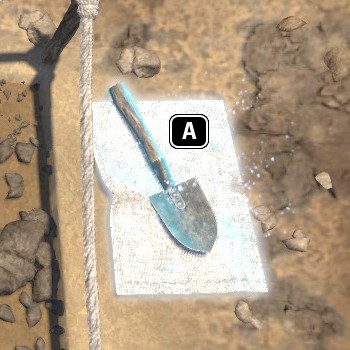
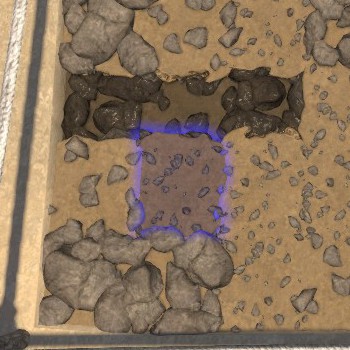
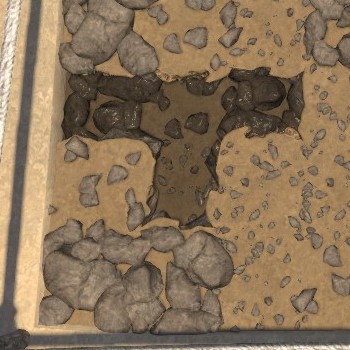
The Heavy Shovel tool removes a full layer of dirt in 9×9 area of squares that are at the same height. To use effectively, you need to use the hand brush to make sure there are as many squares at the same height as possible within the highlighted area before using the heavy shovel. You can see which squares will be removed when you use the tool as they will be highlighted in a darker color. Using the heavy shovel expends 1 turn.
Rank 2 of the Heavy Shovel skill has a chance to use zero intuition when used.
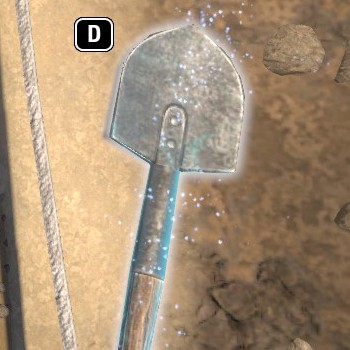
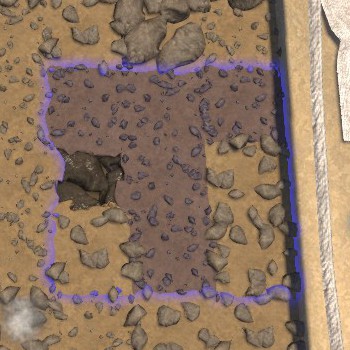

You need to be careful when using these new tools as you may damage the antiquity. At the top of the screen there is a red bar representing how much health the antiquity has left.

There are different ways to damage the antiquity:
- Use the trowel or heavy shovel in such a way that digs into the antiquity. For example using a trowel only one layer of dirt above a spot where the antiquity is thereby digging 2 layers down and into the antiquity.
- Unsafely detonating a fissure
Fissures appear on the excavation map as squares with billowing smoke.
If you dig all the way down on a fissure spot with a tool other than trowel rank 2, you will cause damage to the antiquity, regardless of where it is located. So initially you want to avoid digging on fissure spots.
However with Trowel Rank 2 obtained, you can use fissures to your advantage.
If you use Trowel Rank 2 on a fissure at any height, it will explode without damaging the antiquity. It can also be used to cause chain reactions to clear a lot of dirt. When you safely detonate a fissure, it will completely clear all layers of dirt between it and any other fissures that are connected by a path of dirt that is all at the same height. You can check how much dirt will be removed upon detonation by mousing over a fissure with the trowel tool and viewing which areas are highlighted.
Beware! If the antiquity lies in the explosive path, it will take damage. This should be used to clear away dirt to find bonus items once you are sure the antiquity is not in your path of destruction.
And that concludes the guide. Phew! Now get out there and dig! Happy Hunting! For a catalogue of all the leads available and where to find them look here.
